Mary Matava Named 2022 San Diego County Farmer of the Year
The San Diego County Farm Bureau named Mary Matava as its 2022 Farmer of the Year. Matava, involved in the region’s agriculture industry for 45 years, was recognized for her achievement at an awards dinner September 7 at the Bernardo Winery in Rancho Bernardo.
The Farmer of the Year award is presented to an active or retired farmer who has had a positive impact on the agriculture industry, is active in the community beyond agriculture, and has represented the agricultural industry publicly on behalf of farming interests.
Matava is a trained agronomist with 40 years of experience and a leading expert in soil assessment and amendments, green waste recycling, facility management, and avocado farming.
Agronomy and recycling
According to the Farm Bureau, Matava’s work involves “assessing the agronomic suitability of Southern California soils.” For the last 25 years, Matava’s company has manufactured organic soil amendments used by farmers throughout Southern California.
Agronomy is the science and technology of producing and using plants by agriculture for food, fuel, fiber, chemicals, recreation, or land conservation, soil management, and crop production.
Matava has spent much of her career studying local soils to determine what kind of nutrients are present and beneficial for crops while also finding more efficient ways to use water and reduce greenhouse gas emissions. The California Air Resources Board reports 20% of the methane emissions in California come from landfills. The Environmental Protection Agency cites methane from landfills as the third largest overall source of methane in the U.S.
Matava is the owner and operator of Agri Service, based in Oceanside, and employs 30 people. Agri Service operates compost facilities in Southern California, including the El Corazon Compost Facility in Oceanside.


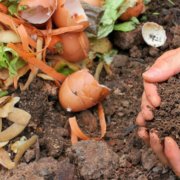
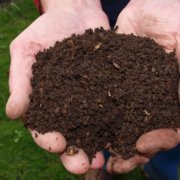
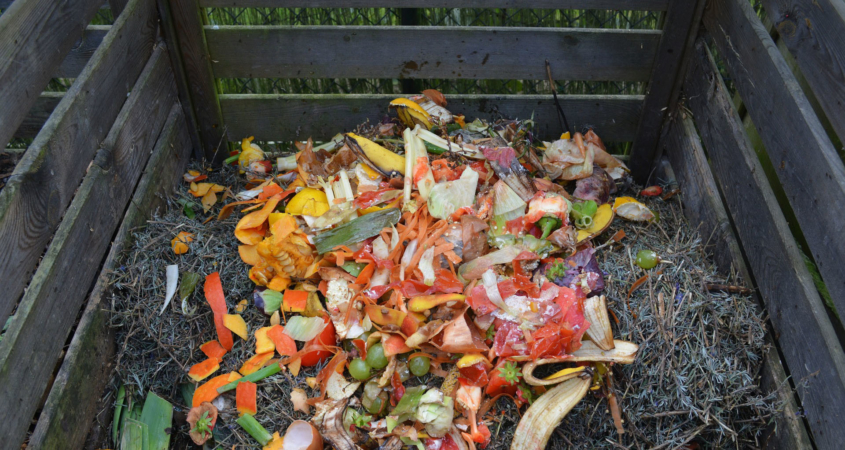
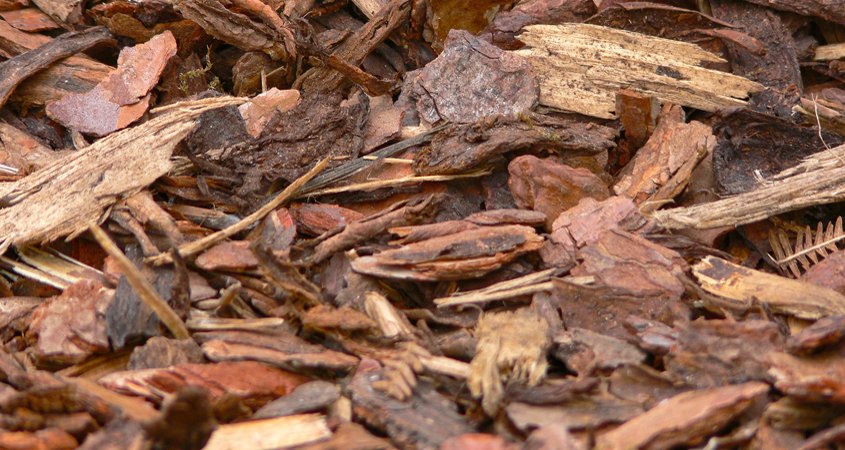
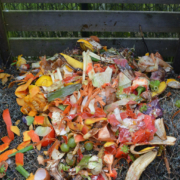 Compost can be beneficial in many ways, including functioning as mulch to prevent erosion and help soil filter pollution. Photo: Ben Kerckx/Pixabay
Compost can be beneficial in many ways, including functioning as mulch to prevent erosion and help soil filter pollution. Photo: Ben Kerckx/Pixabay
